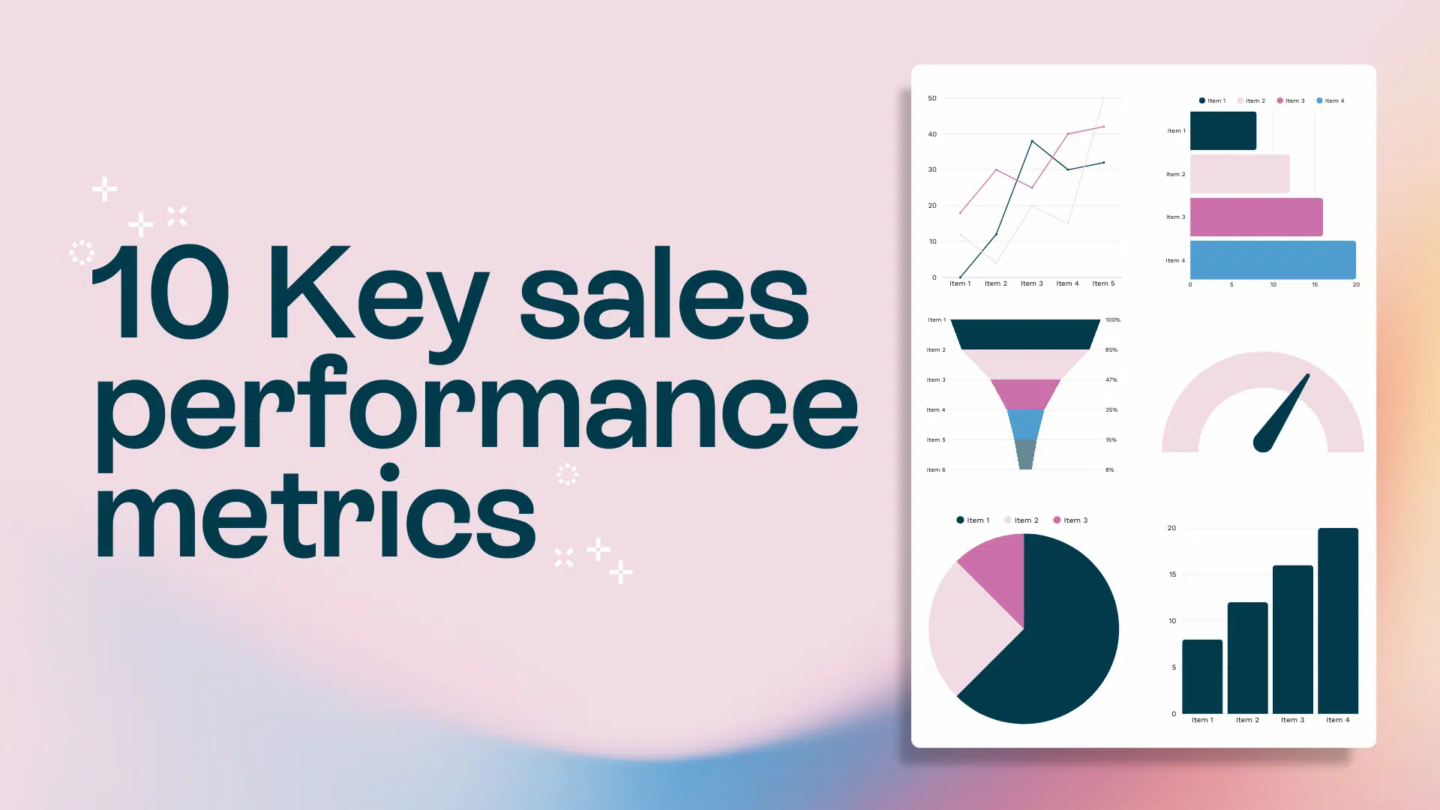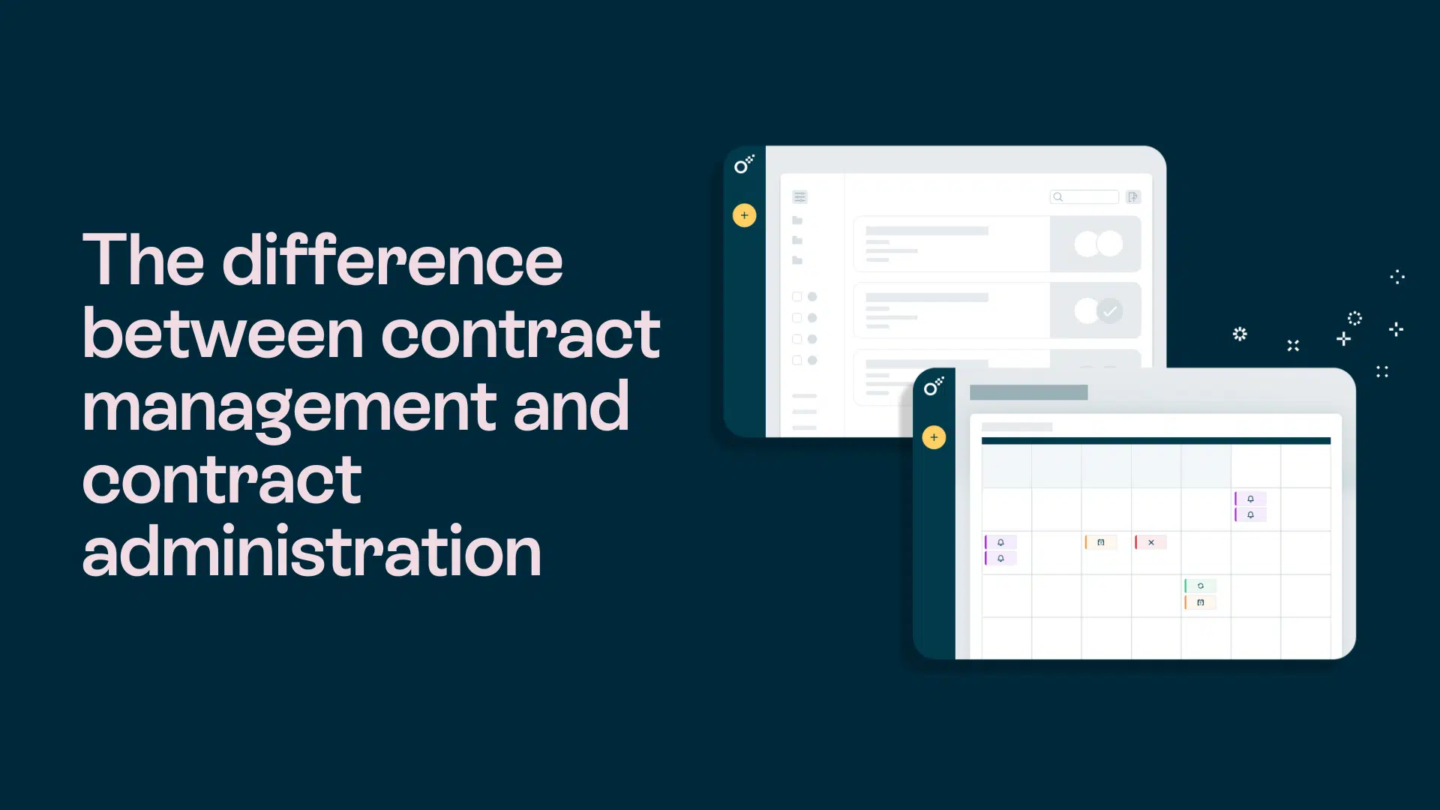Before talking about how to have a unified contract management system for your business and why it is important, it is clear that managing contracts across disparate systems can lead to inefficiencies, compliance risks, and missed opportunities. Our survey of 200 professionals revealed that 70.67% of businesses use two to three tools for managing contracts, highlighting a fragmented approach that hampers effectiveness.

The drawbacks of fragmented systems
- Data silos
Disparate systems prevent a holistic view of contractual obligations, increasing the risk of non-compliance and oversight. - Inefficient processes
Switching between multiple platforms slows down contract creation, approval, and management, leading to delays and errors. - Collaboration challenges
Fragmentation hinders seamless communication among stakeholders, resulting in misaligned objectives and misunderstandings.
The benefits of a centralised and unified contract management system
- Enhanced compliance
Centralised systems provide full visibility into contract terms, deadlines, and obligations, helping businesses stay compliant with regulatory requirements. World Commerce & Contracting highlights that organisations using centralised systems are significantly less likely to miss critical compliance milestones, reducing legal risks and fines. - Greater operational efficiency
Centralising contract management eliminates the need for switching between multiple tools, which wastes time and creates inefficiencies. According to Gartner, businesses that adopt centralised contract lifecycle management systems see a 30% reduction in administrative tasks related to contracts, freeing up resources for more strategic activities.
A centralised system also makes contract searches faster. For example, sales or legal teams can quickly retrieve contracts, cutting hours spent looking for documents stored in disparate systems or local drives. - Better collaboration and visibility
With a centralised platform, stakeholders from different departments can collaborate in real time on the same document. This removes barriers between sales, legal, and operations teams, ensuring that everyone works on the latest version of a contract. Forrester emphasises that real-time collaboration significantly improves contract turnaround times and reduces errors associated with miscommunication.
Read also: What is contract management? A complete guide
The financial benefits of centralisation
Poor contract management practices cost companies up to 9.2% of their revenue annually, according to WorldCC. By centralising contracts, businesses can avoid unnecessary losses caused by delays, missed deadlines, and inefficient processes.
Centralised and unified contract management systems also reduce costs related to manual contract tracking. Automated alerts for contract renewals or expirations eliminate the need for manual processes, saving time and preventing the financial fallout of overlooked deadlines.
How to implement a centralised system
- Audit your current processes
Begin by identifying inefficiencies in your current contract workflows. Which steps take the longest, and where are the risks of errors highest?
- Choose a robust platform
Look for contract management systems that offer features such as centralised storage, automated workflows, and real-time collaboration.
- Integrate existing tools
Select a system that integrates seamlessly with your CRM, ERP, or other business platforms to create a unified workflow.
- Train your teams
Provide comprehensive training to ensure all stakeholders know how to use the system effectively, fostering adoption across the organisation.
Conclusion
Centralised contract management isn’t just about improving efficiency—it’s a game-changer for compliance, collaboration, and profitability. Disjointed processes and fragmented tools create unnecessary risks and inefficiencies, but adopting a unified system ensures that your contracts are managed securely, efficiently, and collaboratively.
The numbers speak for themselves: organisations using centralised systems experience faster contract cycles, reduced administrative costs, and greater compliance. Make the shift to a unified contract management system and unlock your business full potential.








